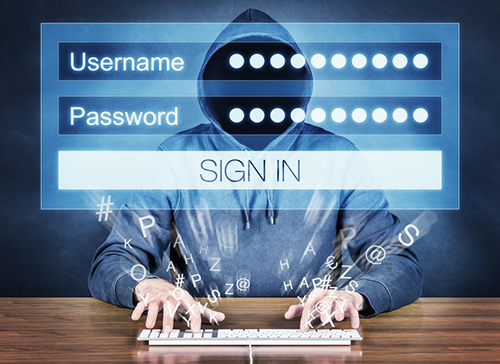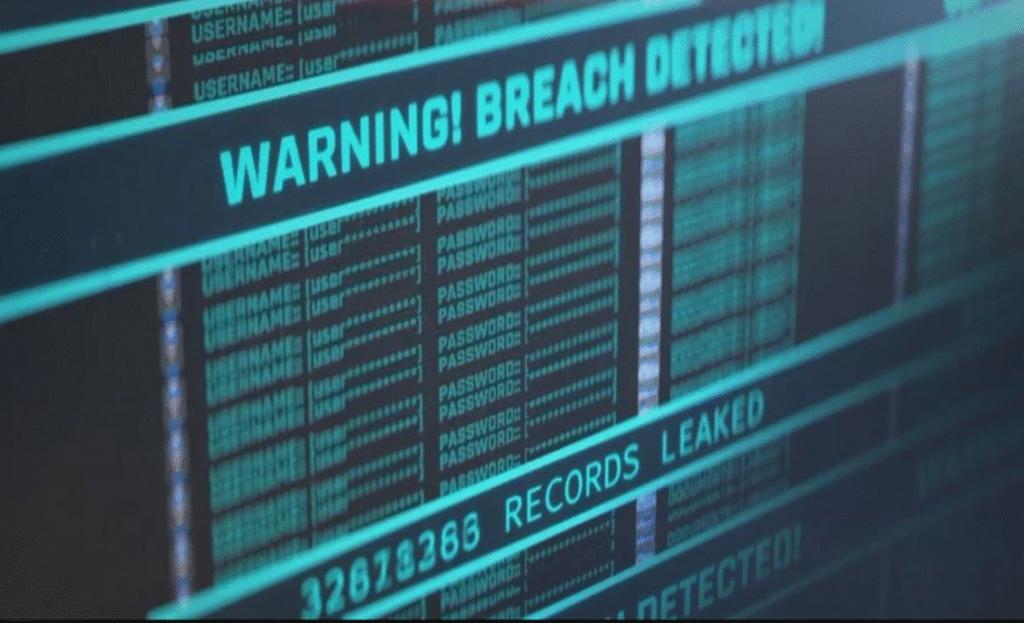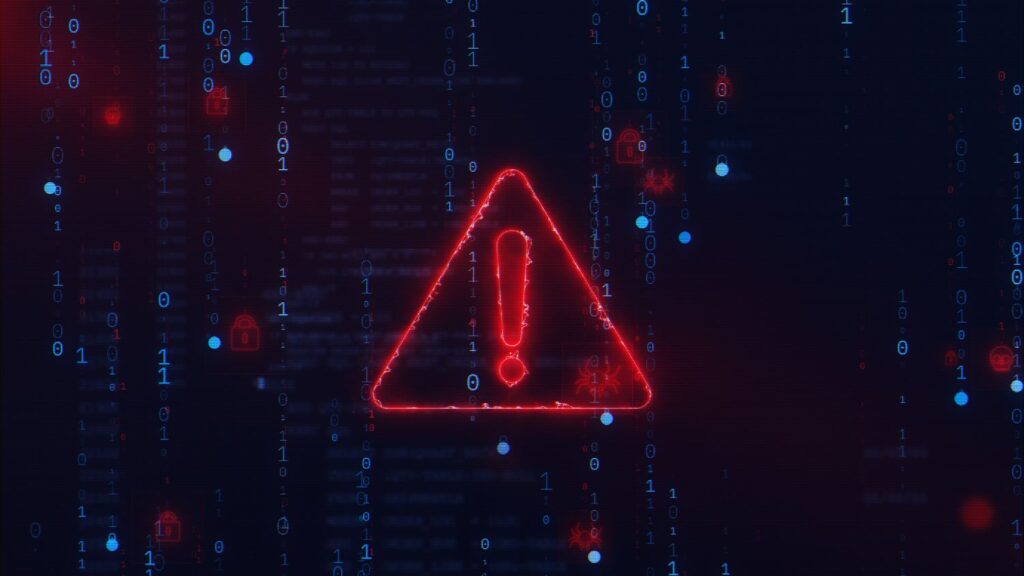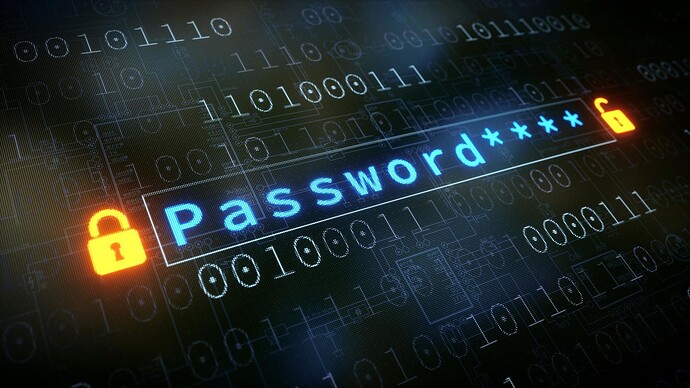A massive data breach has leaked 184 million passwords from platforms like Google, Facebook, and Microsoft. Learn how this happened, the risks involved, and the essential steps to protect your digital life now.

In an era where our digital identities are tied to everything—from banking to social media—a massive data breach has exposed over 184 million passwords, affecting tech giants like Google, Microsoft, Facebook, Apple, and more. But what’s even more shocking is that this is just the beginning.
Cybersecurity researchers now confirm that more than 16 billion credentials have been leaked overall in 2025, making it one of the biggest cyber breaches in human history.
The Origin of the Breach: 30+ Secret Datasets Exposed
It all began with the discovery of a mysterious, unprotected database on the open web that had 184 million login credentials. Experts first assumed it was a leftover from older leaks—but it turned out to be a part of something much bigger.

Upon further investigation, cybersecurity researchers uncovered over 30 massive datasets, each containing up to 3.5 billion records. These datasets weren’t just full of reused data—they contained fresh, unreported, and dangerous login credentials.
What’s inside? Social media credentials, developer portals, VPNs, business logins, and even government account access across countries.
What Makes This Breach So Dangerous?
This isn’t just a case of “your old Facebook password got leaked.” This leak is a blueprint for cybercriminals.

The researchers emphasized that this is not recycled data, but rather new intelligence that can be weaponized on a mass scale. Here’s how hackers can use it:
1. Credential Stuffing Attacks
Hackers use leaked email-password pairs on other sites to access your bank, work, or shopping accounts.
2. Account Takeovers
Once they get in, they can lock you out, change your recovery settings, and impersonate you to steal money or data.
3. Corporate Espionage
Business credentials in the leak can allow hackers to steal documents, client data, or install ransomware.
4. Government Attacks
Several breached accounts belong to government workers. That gives cybercriminals a chance to infiltrate critical systems.
5. Phishing and Social Engineering
Using leaked contact details, attackers can send highly personalized fake emails and texts that trick you into clicking malicious links.
Experts Speak: “This Is Ground Zero for Cyber Warfare”
Cybernews researcher Vilius Petkauskas, one of the lead investigators, reported that over 16 billion login records are now confirmed exposed. He stated that the nature of the data shows this is not a repackaging of old hacks, but rather fresh dumps that could be used for long-term digital exploitation.
“This is not just a leak – it’s a blueprint for mass exploitation,” researchers declared.
Tech Giants Sound the Alarm: Upgrade Your Login Methods
Google’s Urgent Call
In response, Google has doubled down on its campaign to eliminate traditional passwords. The company urges users to adopt passkeys—a more secure and phishing-proof system.

What are Passkeys?
They use biometric authentication (like fingerprint or face ID) through your smartphone or computer instead of passwords. It ties your identity to your device, making it much harder to steal.
“It’s time to move beyond passwords,” says Google.
Other companies like Apple, Meta, and Microsoft are also shifting towards passwordless logins, encouraging multi-factor authentication (MFA) and biometric logins for extra safety.
What Makes Passkeys More Secure?
- ✅ Phishing-Resistant: You can’t be tricked into typing a password on a fake website.
- ✅ Biometric-Based: Requires your fingerprint or face scan to log in.
- ✅ Device-Tied: Works only from your authorized phone or computer.
- ✅ No Reuse Problem: You don’t reuse passkeys like passwords.
This makes them incredibly difficult for hackers to compromise, even if your email is public.

7 Practical Steps You Should Take Right Now
Here’s what cybersecurity professionals recommend for every internet user in light of this breach:
1. Regularly Change Passwords
Update your passwords yearly—especially for key services like email, banking, and social media. If you’ve reused a password across accounts, change it immediately.
2. Use Strong, Unique Passwords
Avoid common phrases or using the same password on multiple platforms. A unique password for each service reduces your exposure risk.
3. Consider a Password Manager
A password manager helps you generate and store complex passwords. While there’s some risk (like if your master password is stolen), it’s still safer than managing passwords manually.
4. Enable Multi-Factor Authentication (MFA)
This provides an extra layer of security. Even if your password is exposed, a hacker won’t gain access without the second authentication factor.
5. Check If You’ve Been Hacked
Use tools like HaveIBeenPwned.com to see if your email or login credentials have been found in past breaches.
6. Monitor Suspicious Activity
Turn on account notifications for unusual login attempts. It works like your credit card alert system for digital platforms.
7. Invest in Security Software
Use reliable, regularly updated antivirus and anti-malware tools. This can help block threats like infostealer malware and unknown vulnerabilities.
Corporate & Government Response: A Race to Secure Infrastructure
It’s not just individuals who need to worry. Experts warn that corporations and government bodies are also at high risk.
Companies Must:
- Adopt zero-trust security models
- Use privileged access controls
- Regularly audit internal access logs
Governments Should:
- Review staff credentials
- Educate employees on phishing
- Encrypt sensitive systems
“The fact that these credentials are linked to major services means the consequences could be global,” said Darren Guccione, CEO of Keeper Security.
Cybersecurity Is Everyone’s Responsibility
This breach reminds us that everyone—tech companies, governments, and users—plays a part in digital safety.
Final User Checklist:
Stay informed—follow cybersecurity news regularly.
Change old and weak passwords.
Use MFA and Passkeys wherever possible.
Monitor your accounts for unusual activity.
Never click on suspicious links in emails or messages.
The leak of 184 million passwords, including access to major platforms like Google, Facebook, Microsoft, Apple, and even government services, is not just another data breach—it’s a red alert for every internet user and organization.
This incident proves that no system is 100% safe, and even the world’s biggest tech giants are vulnerable. But while you can’t stop hackers from launching attacks, you can protect yourself by:
- Using strong, unique passwords
- Enabling multi-factor authentication
- Switching to passkeys and biometric logins
- Monitoring for suspicious activity
- And staying informed with regular cybersecurity updates
Cybersecurity is no longer just the job of IT departments or governments—it’s a shared responsibility. Whether you’re an individual, a small business, or a large enterprise, it’s time to take digital security seriously.
Your passwords are the keys to your digital life—don’t leave them unguarded. Change them, secure them, and upgrade your login methods before it’s too late.
Also Read :
ChatGPT Global Outage: Users Report Errors as OpenAI Races to Restore AI Access
Elon Musk’s SpaceX Starship-36 Goes Up in Flames-Setback or Setup for Success?

